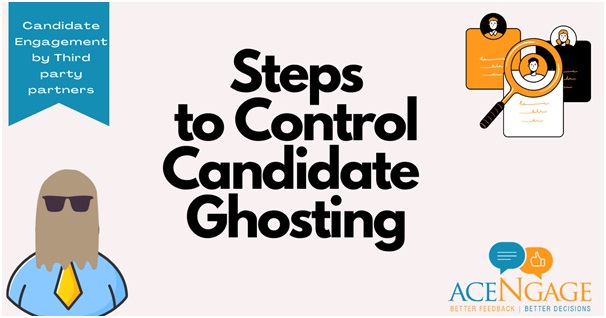When you least expect it, you are stood up- waiting. Sounds familiar? Haven’t we been there some time or the other? In the recruitment space, a lot more bells ring. Even after accepting the offer, recruiters are often stood up by candidates. Often referred to as ‘candidate ghosting’ or ‘no-shows’, it has been a regular phenomenon in the hiring process.
In 2022 alone, about 83% of companies have seen candidate ghosting. When a candidate fails to join the company, after offer acceptance then the candidate has ghosted. The risk of losing revenue and time is no longer a risk but an incurred loss at that pivoting moment when the candidate decides not to show up on the joining date.
So, when do you think is the risk of losing a candidate at its highest? It is in the time between offer acceptance and the joining date that the risk is at its highest. It is at this time that a candidate could get disengaged and lost, if not engaged. Or sometimes, candidates use the existing offer as a counteroffer, externally to get a better deal with other employers.
It is in this post-offer and pre-joining phase that candidates must be engaged with the most. It is, often, mistaken that a recruiter’s job is done after a candidate has signed the offer letter. But it is not.
Point is, extending an offer alone does not close the hiring loop.
Here are some of those ways to explore and what one must expect.

